Camera
Canon EOS 1D X Mark II
- Briefly about the model: the flagship reporter’s camera with advanced options to capture video
- The sales start: March 2016
- Competitors: Nikon D5
- Price: $6000 for a set without lens
Perhaps this announcement was the most significant event of February. In January Nikon brilliantly made his D5, so to answer the main competitor needed immediately. Flagship EOS 1D X Mark II carries on Board a 20-megapixel CMOS sensor, Canon’s own production. The camera also boasts a respectable number of focus sensor (61 overall and 41 cross) and an impressive rate – 14 frames per second in normal mode and 16 K/s with raised mirror.
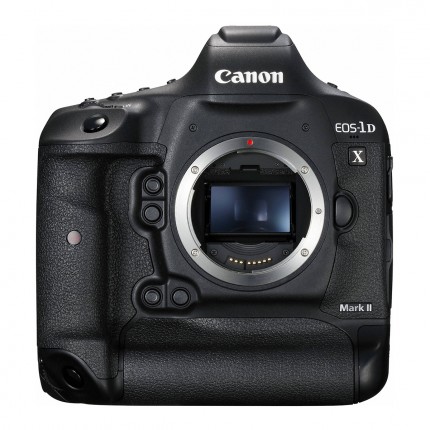
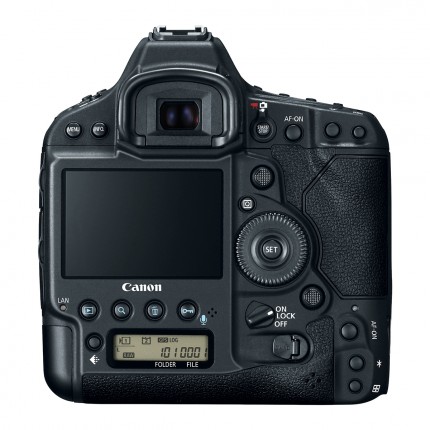
Talk about Canon EOS 1D X Mark II without comparing it with the Nikon D5, it is simply impossible. However this subject was so voluminous that I had to devote a separate article. Be sure to read, if you still didn’t.
Canon EOS 80D
- Briefly about the model: the long-awaited update of an SLR camera middle class with APS-C sensor
- The sales start: March 2016
- Competitors: Nikon D7200
- Price: $1199 for a kit without lens, $1799 for the kit with EF-S 18-135mm F3.5-5.6 IS USM
Canon EOS 80D, announced together with the flagship 1D X Mark II, showing a moderate approach to technical characteristics. This camera is not trying to impress us resolution, sensitivity or rate of fire. The main innovation was a redesigned autofocus system, consisting of 45 sensors are cross-type. The focus points are broader vertically and horizontally than the EOS 70D, so now one will be faster and easier to focus on objects located at the corners of the frame.
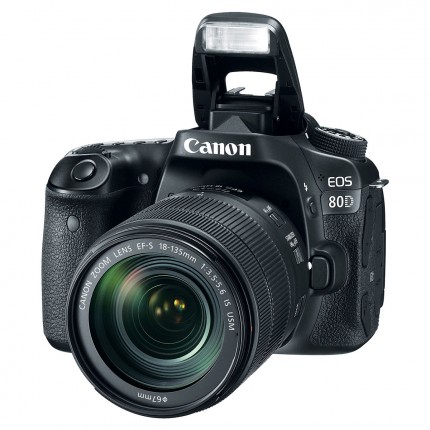
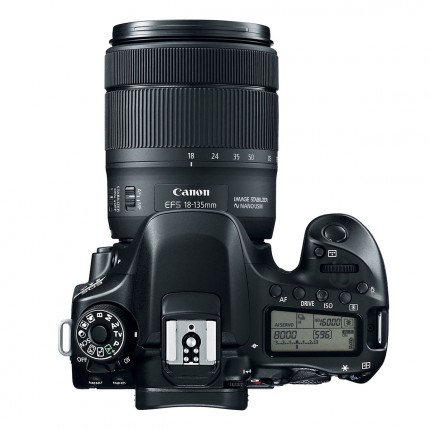
Technology Dual Pixel CMOS AF is designed to improve autofocus performance in Live View. Each pixel in the matrix EOS 80D is capable of in shooting mode and mode phase detection is expected to improve the speed and accuracy of focus when recording movies.
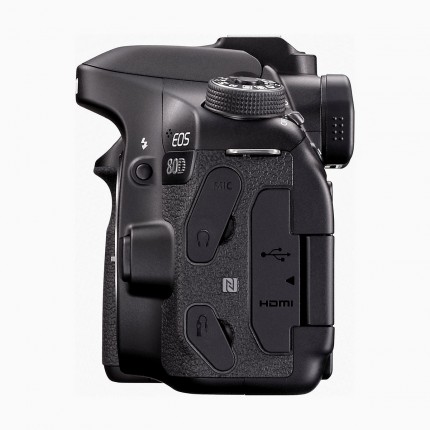
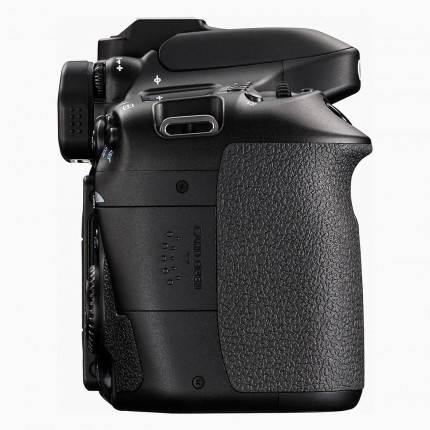
The sensor has a relatively small resolution – just 24 megapixels, sensitivity ranges from 100 to 16000 (25600 in extended mode) and continuous shooting are possible with a frequency of 7 frames per second. Features 4K video recording in the camera, and Full HD, you can write 60 frames per second with progressive scan.
Pentax K-1
- Briefly about the model: the debut fullframe from Ricoh Pentax
- The sales start: April 2016
- Competitors: Nikon D610, Canon EOS 6D
- Price: $1800 for a set without lens
Even before the merger with Ricoh Pentax were going to introduce a full-frame SLR, however from a dead point business and has not moved. And in the last year, Pentax Ricoh has regularly teased us with numerous teasers – and now the X has come.
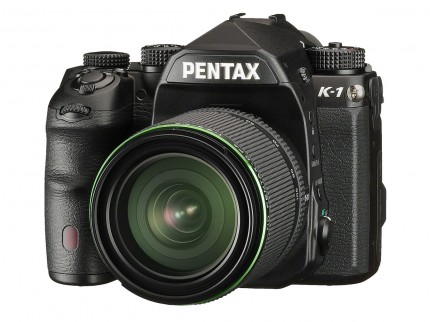
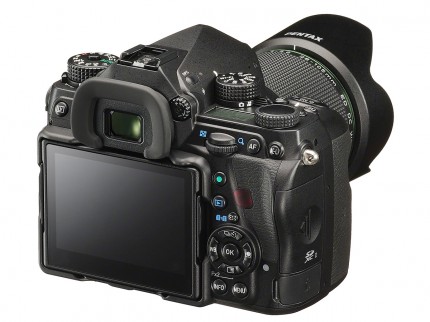
Pentax K-1 immediately impresses a low price. And Nikon D600/D610 and Canon EOS 6D at the start is worth more. And if we talk about the performance, “unity” is what to oppose and more expensive Nikon D810 and Canon EOS 5D Mark III. It uses a 36 megapixel CMOS sensor without AA-filter (like Nikon D810) with a sensitivity up to 204800 units. There is a built-in stabilization, implemented through mechanical shear of the matrix – stated compensation 5 stages of exposure. The camera housing is protected from dust, moisture, as well as from the consequences of shooting in the cold.
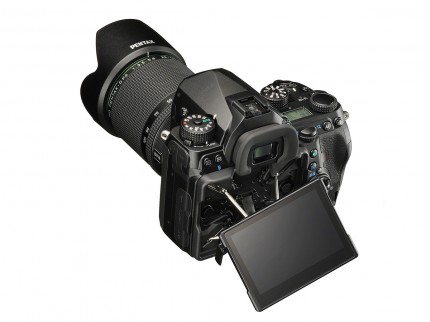
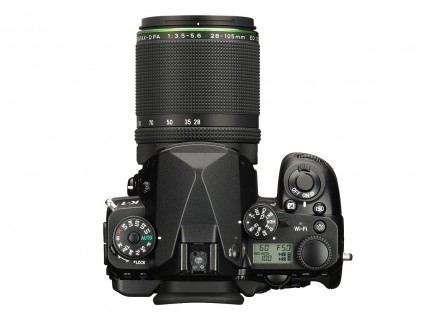
Autofocus system SAFOX represented by 12, which contains 33 of the focusing points, 25 of which are cross. The main screen has a curious design that can lock the matrix at any angle in vertical or horizontal position. However, to me it is hard to predict how comfortable it would be in reality.
Sony a6300
- Briefly about the model: compact APS-C bezzerkalka with the world’s most advanced autofocus system
- The sales start: March 2016
- Competitors: Fujifilm X-Pro2, Olympus OM-D E-M5 II
- Price: $1000 for a kit without lens, 1150 for the kit with 16-50mm f/3.5-5.6
Sony suddenly remembered that haven’t update their system cameras with APS-C sensor and lens mount E. a6300 Formally replaced by the popular a6000, but actually before us rather a total rethinking, rather than a trivial upgrade.
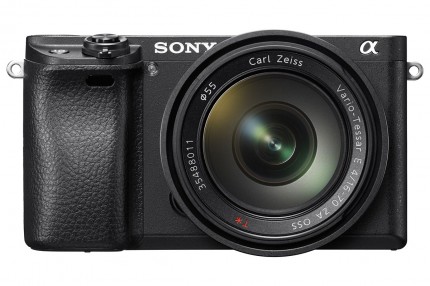
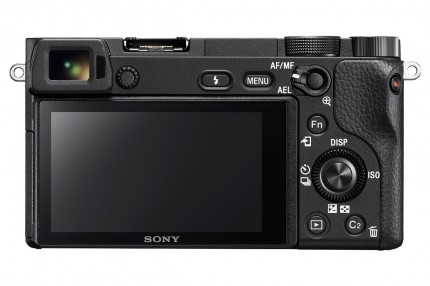
In a compact camera body is a 24-megapixel CMOS-sensor with the most dense arrangement of the focusing sensors. 425 them and they literally occupy the entire area of the matrix. If to compare with a6000, their density has increased in 7,5 times. The sensitivity is adjusted in the range ISO 100-51200, and the “rate” reaches 11 frames per second. And, of course, a6300 will allow you to capture 4K video at 30 frames per second and Full HD with a frequency of up to 120 frames per second.
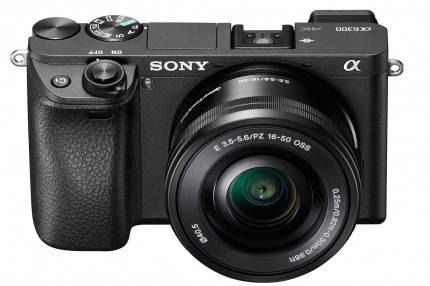
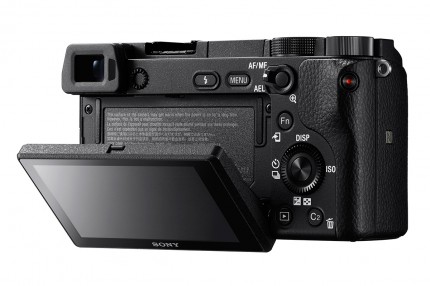
The case has essentially the same design, but now he’s got protection from dust and moisture. The OLED viewfinder is characterized by a 100% frame coverage, a resolution of 2.4 million dots and a high refresh rate – 120 fps.
Nikon DL
- Briefly about models: series narrow compact camera with a inch sensor
- The sales start: March-April 2016
- Competitors: Sony RX100 IV
- Price: $650-1000
While my colleagues worked on the 2016 MWC in Barcelona, Japan hosted the exhibition CP+. And although global surprises she didn’t bring the Nikon has indicated there line DL including three camera with a inch sensor. The hardware in all devices are the same, and the name of the models speaks mostly about the characteristics of the lenses. In General, we have DL24 Nikon-85 f/1.8-2.8, Nikon DL18-50 f/1.8-2.8 and Nikon DL24-500 f/2.8-5.6.
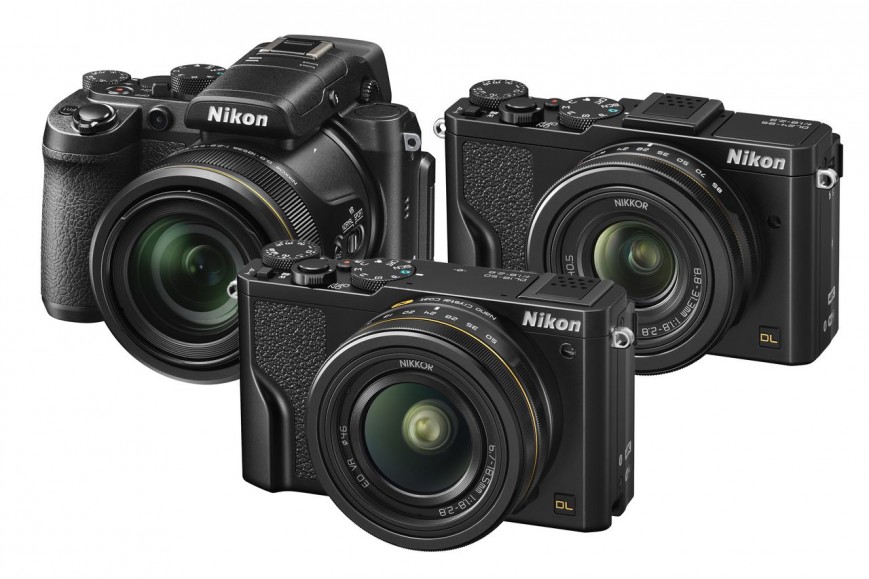
Nikon DL series
Each of these chambers contains 20,8 megapixel CMOS sensor CX format and Expeed processor 6A. In addition, they can take photos in full resolution at a speed of 20 frames per second, 4K video at 30 frames per second and Full HD and HD in slow motion – 120 fps and 240 fps respectively. In addition to lenses, different design of cameras, as well as their cost. The most affordable will be DL24-85, which will be sold for $649. DL18-50 and DL24-500 valued at $849 and $999 respectively. Perhaps Nikon so to test the waters for abandoning the production of Nikon 1 mirrorless digital cameras.
Sigma Quattro
- Briefly about models: the debut series of mirrorless digital cameras from Sigma
- The sales start: presumably II 2016
- Competitors: Fujifilm X-Pro2, Sony a6300
- Price: unknown
The output of Sigma on the market mirrorless cameras, it seems that was unexpected for her. At least sd Quattro H and Quattro look as if the designer didn’t believe that his company is seriously going to release this to the market. Don’t want to offend anyone, but these cameras look as ridiculous as Hasselblad and Lunar at the time.
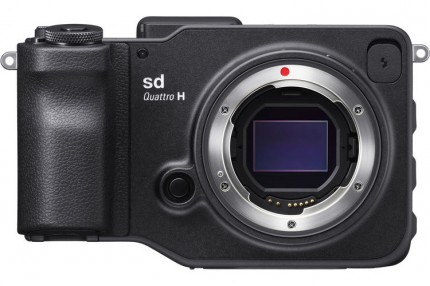
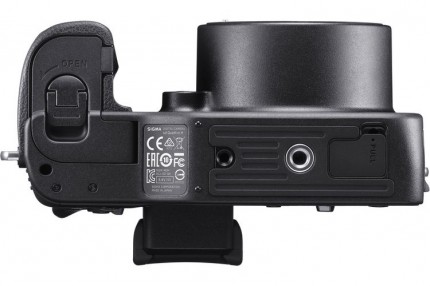
However, with the ergonomics they should be all right. And specifications look promising. Both cameras use the Sigma SA mount lenses and APS-C Foveon sensors of own production Sigma. The resolution is 29 Megapixels in sd and Quattro 45 Quattro MP sd H.
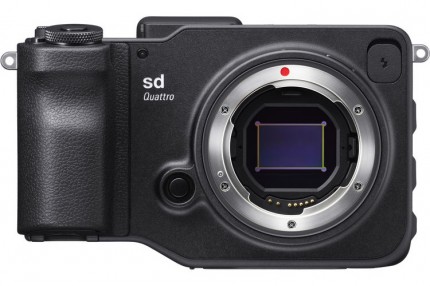
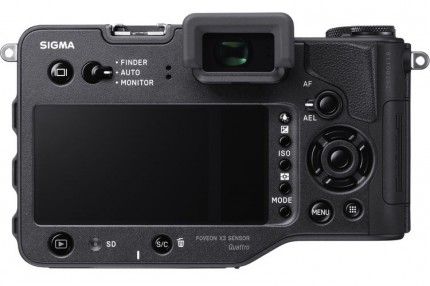
Both cameras shoot in uncompressed RAW format with a maximum sensitivity of 6400 units. The older model does it with the speed of 3.6 fps, Junior – 3.8 frames per second. The AF system works on a hybrid principle combining 9 phase sensors with traditional contrast focus. More Sigma to announce the availability of an electronic viewfinder with a resolution of 2.3 million is more precise and fixed three-inch screen with a resolution of 1,62 million points. But the price and exact release date not yet given.
Optics and accessories
Sigma 50-100mm f/1.8 DC HSM Art
Sigma can afford bold experiments, since the main source of income of the company is optics. Inspired by the success of “lenses” Art series, the company started outright outrageous. A word for Sigma 50-100mm f/1.8 DC HSM Art I find I can not.
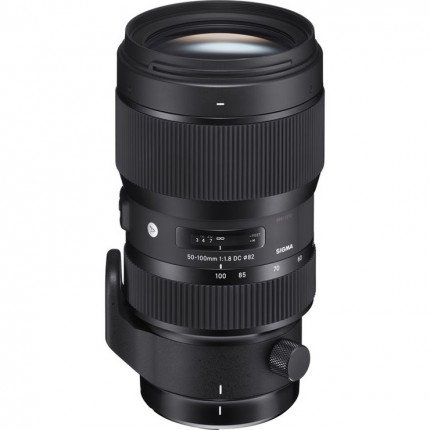
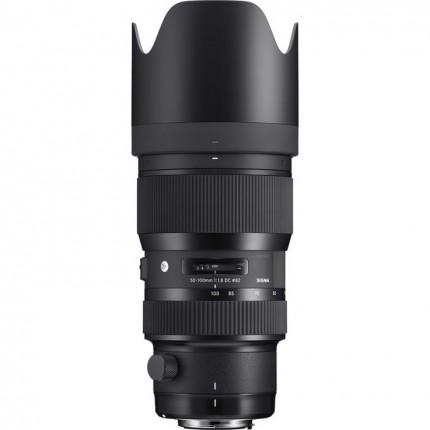
First, it is unique and the first ever telephoto zoom with a constant aperture of 1.8. And secondly, it remains surprisingly affordable – American shop B&H is taking pre-orders at $1099. Lens available for Canon, Nikon and Sigma. However, there is one feature – it is designed only for cameras with APS-C matrices. At Sigma other no, on full frame Canon it physically impossible to install, and on FX-Nikon cameras it will give strong vignetting or work only in crop mode.
Master Sony G
In the full-frame mirrorless digital cameras Sony has officially had its own L-series optics, you can drool over the Amateur and which with pleasure will use professionals. G is called the range Master and includes three models – the FE 24-70mm F2.8 GM, FE 70-200mm F2.8 GM OSS and FE 85mm F1.4 GM.
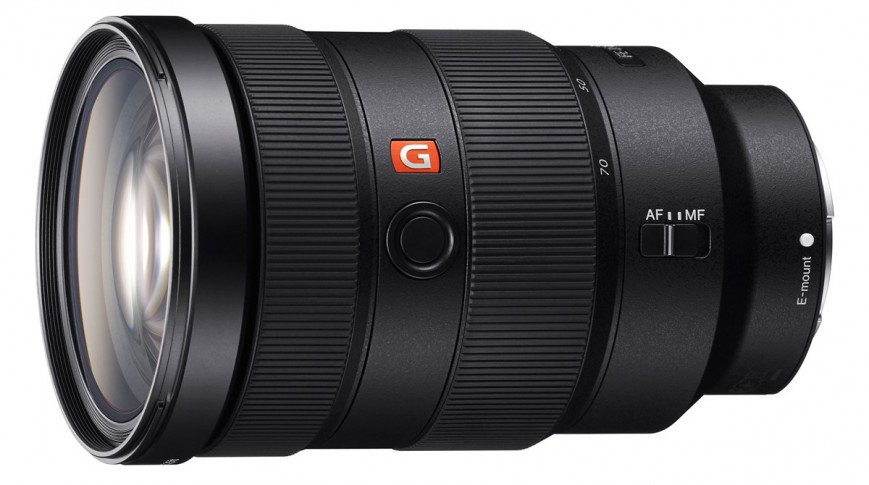
Sony FE 24-70mm F2.8 GM
Sony FE 24-70mm F2.8 GM is intended to become the most popular and sought-after lens for G series Master. Besides versatile and convenient range of focal lengths, it boasts a 9-blade diaphragm, special anti-reflective coating eliminates parasitic glare, and ultrasonic SSM motor.
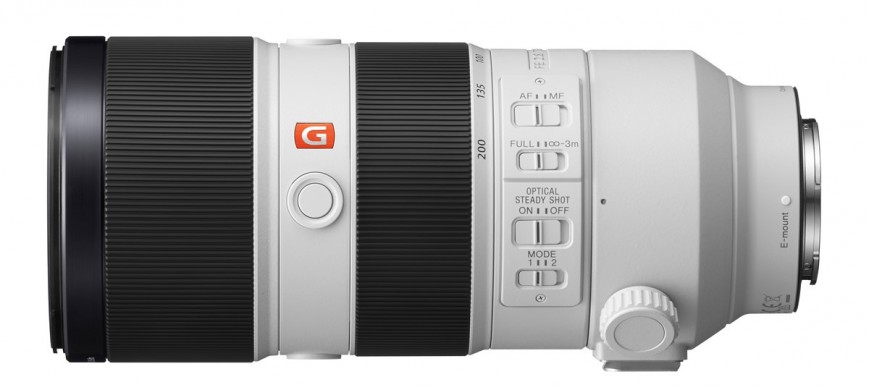
Sony FE 70-200mm F2.8 GM OSS
Telephoto zoom, Sony FE 70-200mm f/2.8 features a floating focusing system (a first among the zoom lenses of Sony), and two ultrasonic linear motors. In addition, the lens is protected from dust and moisture, and for ease of focus it has a separate button that limits the distance AF.
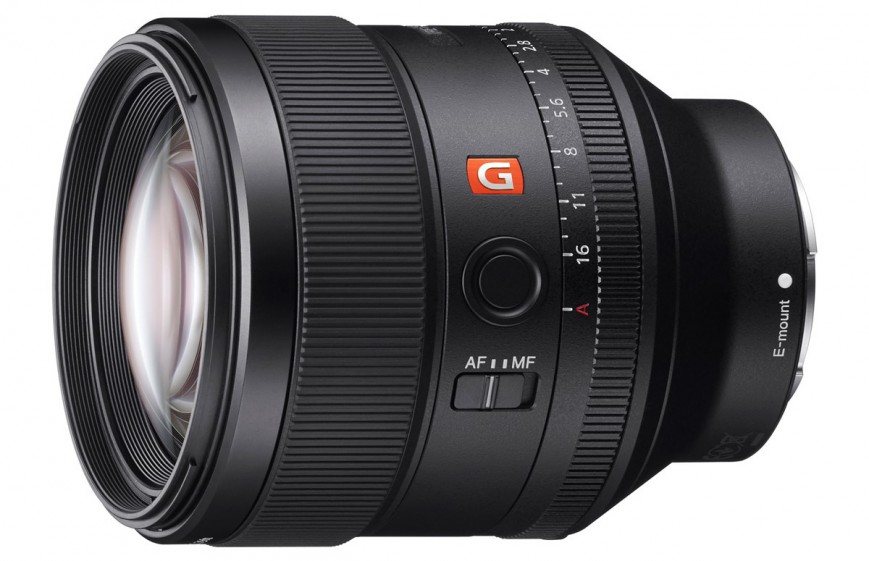
Sony FE 85mm F1.4 GM
And finally, the classic portrait fix – Sony FE 85mm f/1.4 can offer 11-blade aperture gives beautiful bokeh, nanokristallicheskoi coating that eliminates glare, but also quiet and fast SSM-motor.
Sony FE 24-70mm F2.8 GM FE and 85mm F1.4 GM will go on sale in March for $2200 and $1800 respectively, and the FE 70-200mm F2.8 GM OSS will be released in may of this year, its price is not specified.
